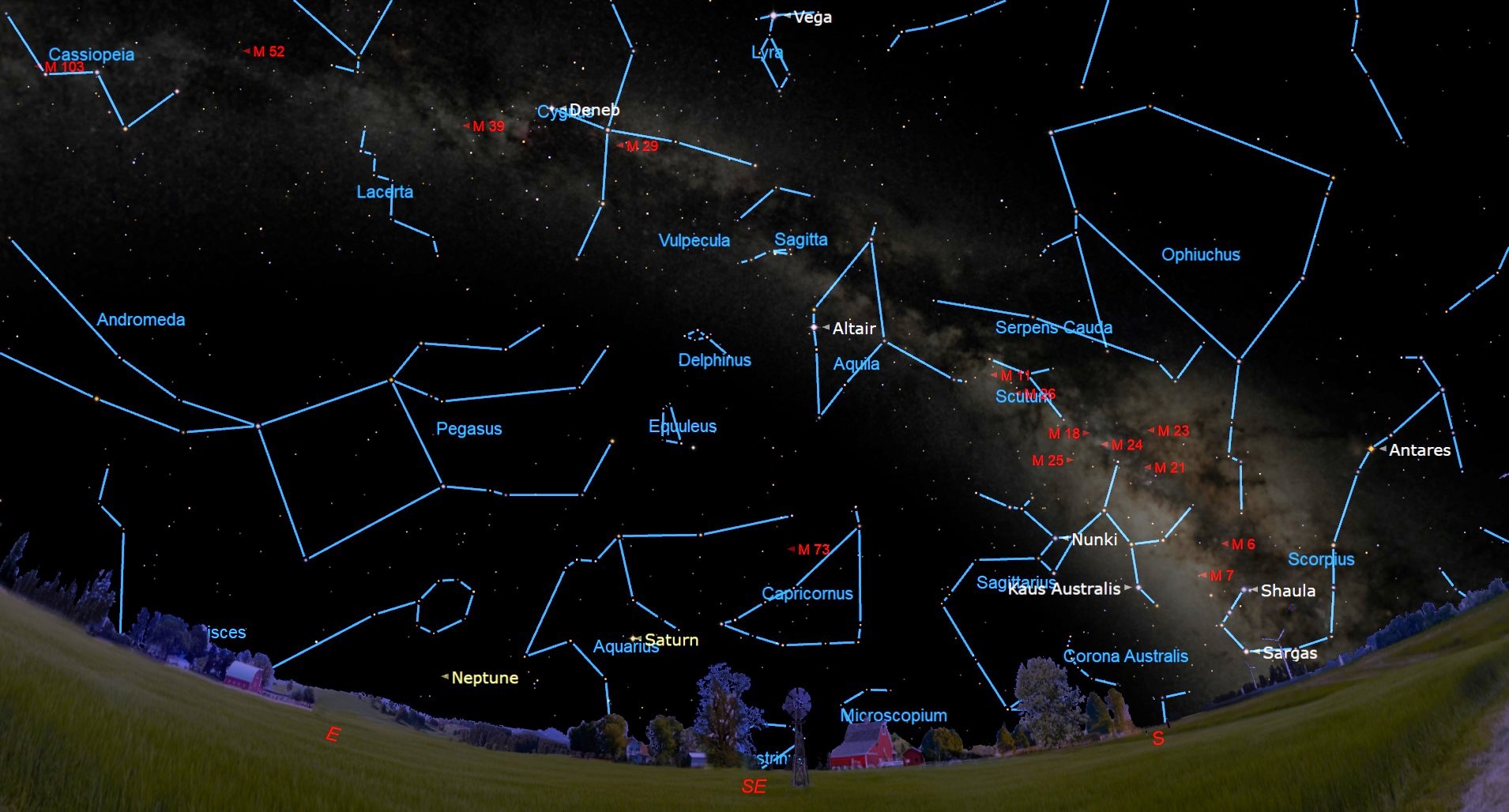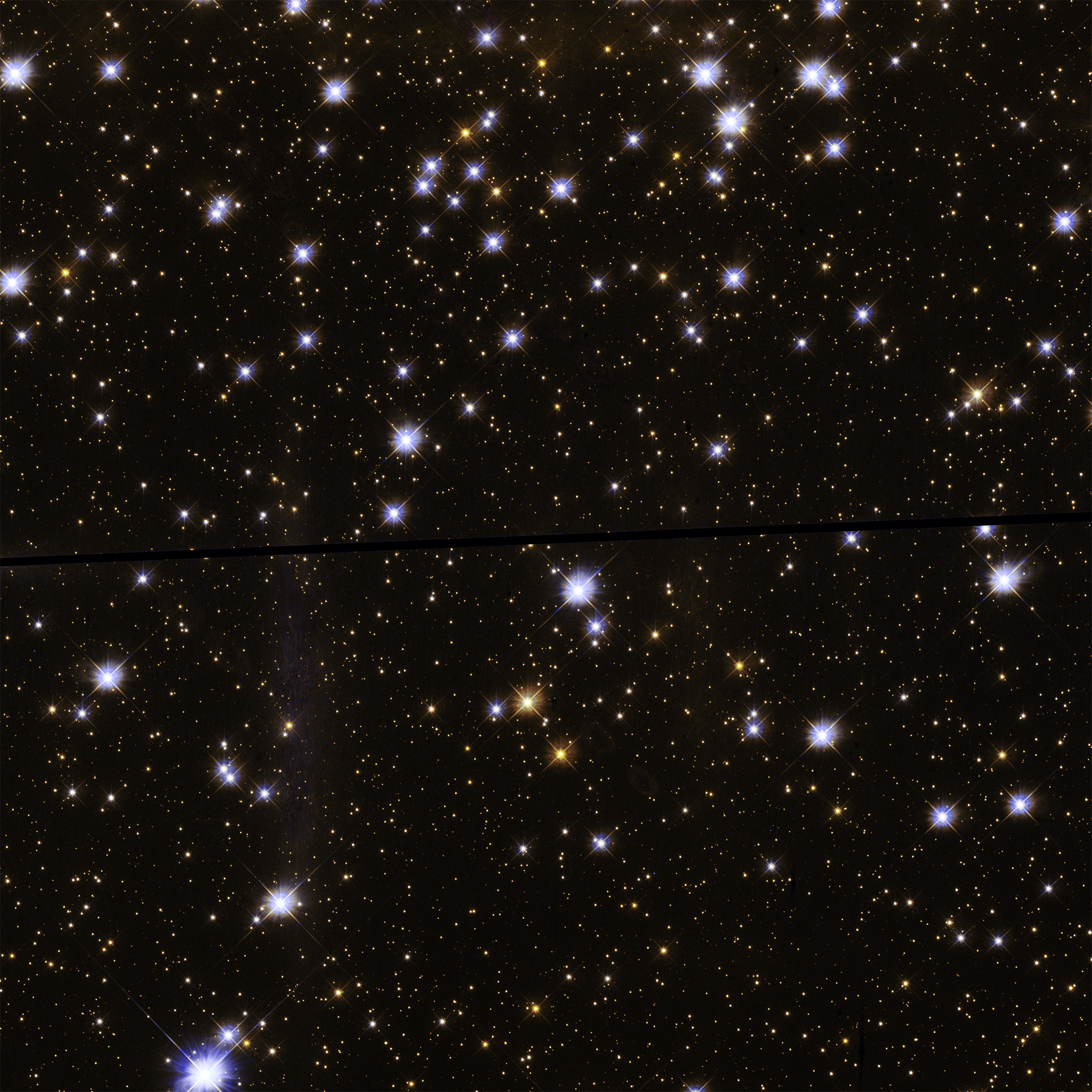
The new moon will provide the dark skies skywatchers need to spot some stunning astronomical objects in the Messier catalog this week.
The exact moment of August's new moon occurs at 5:39 a.m. EDT (0939 GMT) on Wednesday (Aug. 16) according to In-The-Sky, but skies will be dark on Tuesday (Aug. 15) as well, with the moon under 1% illuminated.
During the new moon phase, the lunar face is completely dark, and the moon rises and sets with the sun. That means it is absent for most of the night, removing at least one major obstacle to spotting deep sky objects. This includes a diverse range of objects that populate astronomer Charles Messier's famous catalog, like the dense clusters and groupings of stars that are spread throughout our Milky Way galaxy.
Related: Night sky, August 2023: What you can see tonight [maps]

Want to see awesome stuff in space during new moons? We recommend the Celestron Astro Fi 102 as the top pick in our best beginner's telescope guide.
Amongst these is the globular cluster (a dense group of stars) Messier 2 (M2) which is located in the constellation of Aquarius. M2 has been visible in the evening sky for weeks and will reach its highest point on Tuesday, Aug. 15. From New York City, M2 will appear from around 9:05 p.m. EDT (0105 GMT on Aug. 16) over the horizon to the southeast, according to In the Sky.
M2 located around 37,000 light-years from Earth and has a magnitude of around 6.6, meaning it is quite faint. Even without the light from the moon obscuring it, skywatchers will need a telescope or binoculars to spot it.
M2, which hosts around 150,000 stars, holds a special place in the Messier Catalog as it was the first globular cluster to be added to the list of astronomical objects. Globular clusters like M2 are conglomerations of stars bound together by gravity which become denser towards their centers.
Skywatchers should also be able to see Messier 11 (M11) or the Wild Duck Cluster, an open cluster located 6,200 light years from Earth, and Messier 26, another open cluster around 5,000 light years away, both of which are located in the small constellation Scutum. A skywatching or stargazing app could be helpful in locating some of these lesser-known constellations and especially with finding deep sky objects.

The dark skies around the new moon will also enable astronomers to use backyard telescopes to spot other Messier catalog objects. This includes the Butterfly Cluster, or Messier 6 (M6), an open cluster of stars located in the constellation of Scorpius. Open clusters are groupings of stars that are believed to have formed at roughly the same time from the same collapsing clouds of gas and dust. Also visible in Scorpius will be the Sagittarius Star Cloud or Messier 24 (M24), and Ptolemy's Cluster or Messier 7 (M7).
Other good clusters for astronomers to target during the dark skies around the new moon are Messier 39 (M39), a large open cluster located 824 light-years from Earth and visible in the constellation of Cygnus, the Sawn. Also in Cygnus is the Messier 29 (M29), also known as the Cooling Tower, an open cluster located around 7,200 light-years from Earth.
If you are hoping to catch a look at Messier catalog objects for yourself, our guides to the best telescopes and best binoculars are a great place to start.
If you're looking to snap photos of deep sky objects or the night sky in general, check out our guides the best cameras for astrophotography and best lenses for astrophotography.
Editor’s Note: If you snap an image of a deep sky object or star cluster and would like to share it with Space.com’s readers, send your photo(s), comments, and your name and location to spacephotos@space.com.







